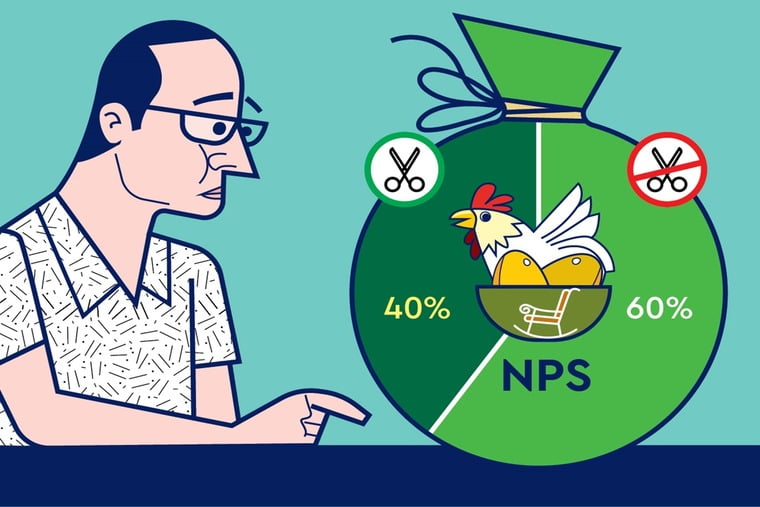Annuity income from 40% of final withdrawal is taxed at a lower rate due to lower income after retirement, thus bringing NPS close to the ‘EEE’ label of tax exempt at all three stages.
While the objective of the government through the National Pension Scheme (NPS) is to promote financial savings for the twilight years, the way most people look at it is a little different. Most investors look at it as a method to enhance tax-saving—eligible investment of Rs 1.5 lakh under Section 80C, through Section 80CCD. Under this section, Tier I of NPS is eligible for another Rs 50,000, taking the total tax-saving-eligible investment to Rs 2 lakh. This is correct, but there is scope to broaden the perspective.
Final withdrawal taxation
In tax parlance, it is known as EEE, where the first ‘E’ stands for exempt at the stage of investments; e.g. ,Section 80C eligible investments, the second ‘E’ stands for exemption of interim flows; e.g., interest in EPF or PPF, and the last ‘E’ stands for tax exemption on final withdrawal; e.g., insurance maturities under Section 10(10D). In NPS, it is almost EEE; i.e., you get tax benefit up to the defined limit under Section 80CCD, interim flows if any are exempt, but the final withdrawal needs to be explained.
At age 60 or later, the subscriber can exit from NPS. At least 40% of the proceeds need to be invested in purchase of an annuity. In fact, 60% of the proceeds are exempt from tax, and the 40% invested in purchase of an annuity is apparently tax free at that point of time. However, when the annuity flows in later, the quantum received in that year is taxable. Hence, in a way, it is a deferment of tax. However, there is a nuance in this deferment. Let’s say a person is working till age 60 and is earning enough to be taxed at the 30% slab. At age 60, s/he retires and withdraws from NPS. Post retirement, earnings are lower, only from investments, and the tax slab shifts from 30% to say 20% (old and new tax rate options) or 10% (new tax rate option). That is, effectively, the tax rate is coming down after retirement.
Let’s take a ballpark on the effective final taxation. Let’s say a subscriber at age 60 has a kitty of Rs 100 in NPS. S/he withdraws Rs 60 free of tax and purchases an annuity worth Rs 40. The amount that flows in every year is taxable at the rate relevant in that assessment year. If the tax rate is 30%, then 30% of Rs 40, i.e., Rs 12 is the tax component, taking all the annuity flows together for simplicity. In other words, the tax rate on final withdrawal of NPS is about 12% on the entire Rs 100. This is a simplistic approach, because the total annuity inflow will be different from the purchase price of `40 and only the flow of that year is taxable in that year. However, this explains the concept. Now, as mentioned earlier, the tax rate is expected to come down after retirement. If the rate is 20%, effective tax would be 20% of Rs 40; i.e., 8% and at 10% tax rate, it would be 4%.
Liquidity
While you can exit before 60 under certain conditions, the lock-in till age 60 means lack of liquidity in NPS if you are looking at it as an investment option.
NPS as investment option
Besides tax benefit of Section 80 CCD, NPS offers the benefit of very low fund management expenses. If you are sure of your horizon (age 60), or if you are in your 50s, the taxation compares favourably with mutual funds or PMS. Hence you may look at more than `50,000 per year for long-term investments. This is more for debt investments as there are allocation caps for equity in NPS.
Beyond pension
- NPS offers tax exemption at the stage of investment up to `50,000 in Tier 1 via Section 80CCD under Section 80C
- Interim inflows in NPS are also tax exempt
- On exiting NPS at 60, 60% of final withdrawal is tax exempt
- Annuity income from 40% of final withdrawal is taxed at a lower rate since earnings after retirement is less
- NPS has very low fund management expenses. Taxation compares favourably with debt mutual funds or PMS


